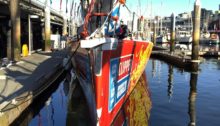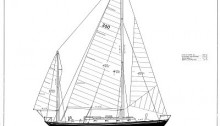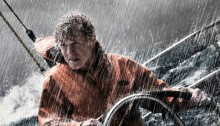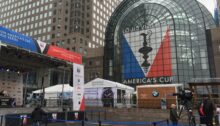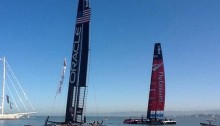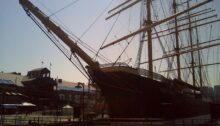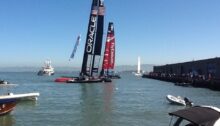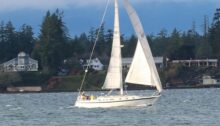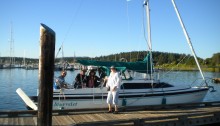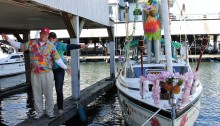Clipper Race
King of Sports and King of Beers Would you do it again? I seek the answer at Seattle Clipper Race Village where I spot a childhood hero, Robin Johnston. He notices that I have taken his picture but is busy. I look for my answer from other Clipper Race participants. Perhaps 40 percent of the…
